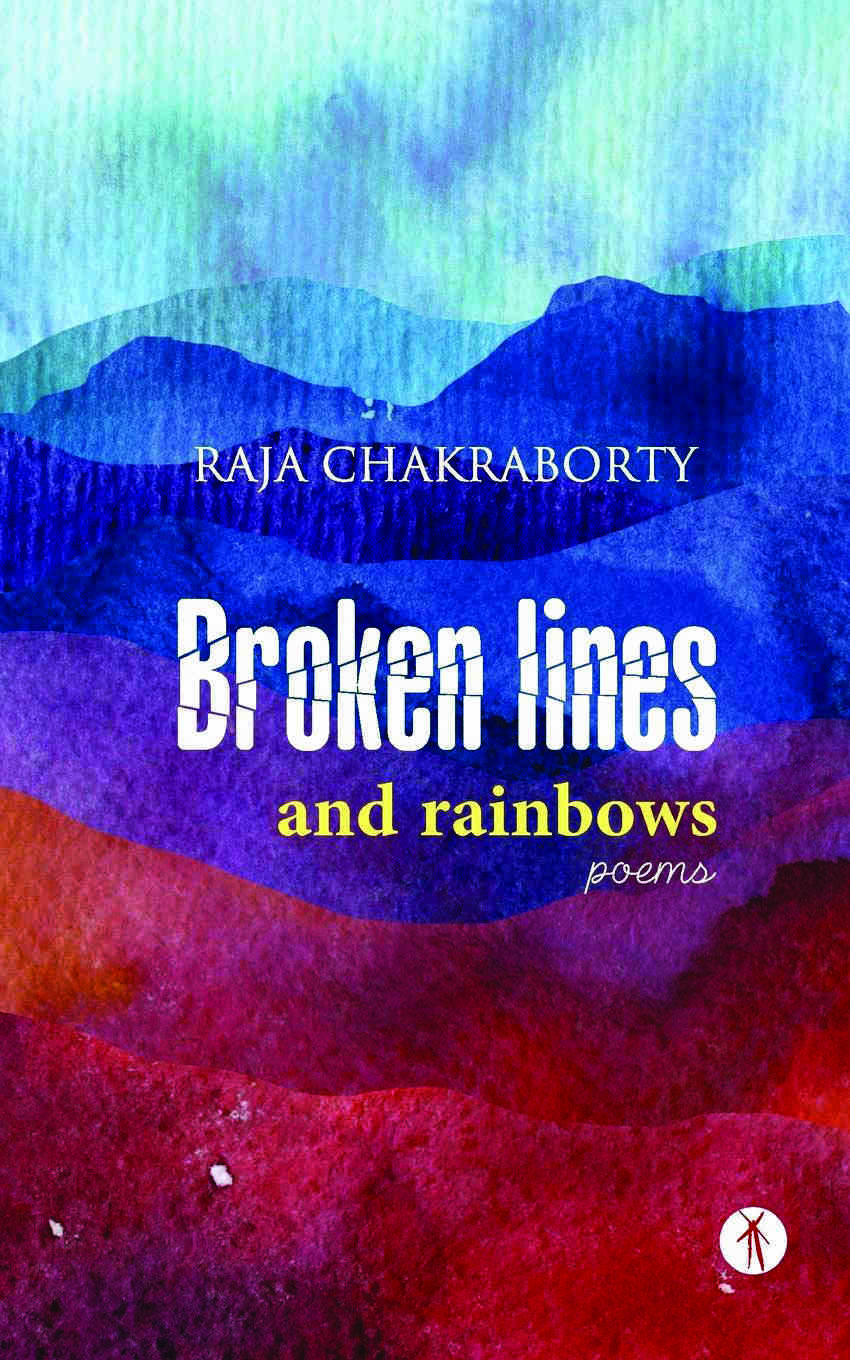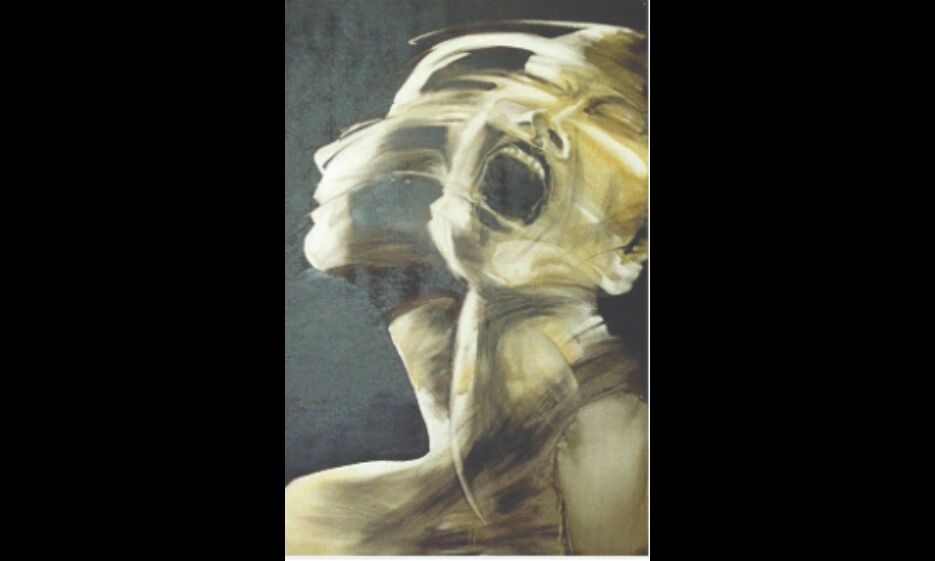"Broken Lines and Rainbows" | Painting a picture
Through ‘Broken Lines and Rainbows’ Raja Chakraborty displays his talent as a poet that can masterfully incorporate storytelling elements and different poetic forms in his poems; writes Annapurna Palit
Author: Raja Chakraborty
Publisher: Hawakal Publishers
Raja Chakraborty’s creative repertoire includes verse collections in both English and Bengali. While his Bengali titles are four in number, he has published three books of English poetry, thereby establishing himself as a modern bilingual poet of significant repute. His latest publication in English, ‘Broken Lines and Rainbows’ published by Hawakal in October 2020 is a continuation of the intense aesthetic journey he began with ‘The Soup Bowl and Other Poems’ in 2018 and sustained and matured with ‘Whispers in the Wind’ in 2019. As a poet, his works display a rare ability to crystallise a complex range of emotions and experiences in minimal lines. Chakraborty also likes to pack in a punch or churn out a surprising twist in his poetry that visibly jolts the reader into a space where he confronts a reality perhaps never imagined. This is axiomatic of a writer who is a poet and storyteller simultaneously. Chakraborty in fact excels as a storyteller-poet and this sets him apart from many poets.
A poem like ‘A Tea Stall Tale’ in ‘Broken Lines and Rainbows’ bears testimony to this. A subtle tale of unfulfilled love artistically capturing the crisis of a tongue-tied admirer, through the symphony of teacups, kettles, buses and the unspoken love between the urban and the rustic protagonists.
“... He let go two homebound buses
and ordered a third cup,
desperately searching for words.
She watched the bespectacled man
with a flutter in her stomach,
as wolf-stories told by her grandma
Clouded her throbbing heart…”
At a time when the world is in the throes of disease, death and cruel uncertainties, the book, true to its name offers the promise and glory of the rainbow. Chakraborty has in fact given all the colours of the rainbow through his verses but never for a moment has he permitted the reader to forget that it is the ‘broken lines’ — the entrenched grief, the desolation or the unkind cuts of life that struggle their way out to discover the grandness or freedom associated with the rainbow. A poem like ‘Children of Destiny’ is a matchless pointer to this.

Stories of grit, battle against loneliness, the triumph of humanity, the stubborn determination to assert the uniqueness of the human soul and of course love are among the thematic concerns of ‘Broken Lines and Rainbows’. Poems like ‘Of Body and Mind’, ‘Old Age Home Birthdays’, ‘Tree’ or ‘This Side of the Day’ are all odes to life and the hope to find a flicker of light in the darkness. Raja Chakraborty is a keen observer of life, his responses are sensitive and he gives us a perceptive recreation of the diaphanous world we inhabit through hard-hitting images and often melting words. The rainbow is a
recurrent metaphor in this collection and colour
overrides Chakraborty’s poetic vision. Death, violence, loneliness, love and hope are represented by images of colour that glide slickly through the verses. The image of the rainbow has perhaps been used most brilliantly in ‘Middle-Class Love’ where the speaker says
“... I never promised her the
rainbow and she never got any…”
Though the connotation of the rainbow for a world of abundance or happiness may be a time tested one, its use in the poem to state the unsentimental mind of the speaker is hard-hitting in its apparent simplicity. Luckily love remains a constant in ‘Middle-Class Love’ and the speaker says, ‘funnily/ Love remained unscathed’. In the poem titled ‘Rainbow’, the latter represents secret happy memories. Both usages are appealing. This poem also gives the haunting lines
“Some roads never meet.
Some journeys never begin.”
Interestingly, the cover, an alluring design by the talented Bitan Chakraborty is an irresistible invitation to read the book.
As a city-bred poet, Chakraborty gives stark images of the city that go otherwise unnoticed. ‘Fragile balconies shelve potted miseries’ (Flowers in my City) or ‘Smiling balloons have become/Old faces like the cringed moon’ (Retrospect). Chakraborty’s imagery will remain a major draw of ‘Rainbows’.
His ease at handling different poetic forms is an added attraction. Raja Chakraborty has succeeded in accomplishing what Robert Frost believed to be a purpose of poetry — ‘to reach the heart of the reader’.



